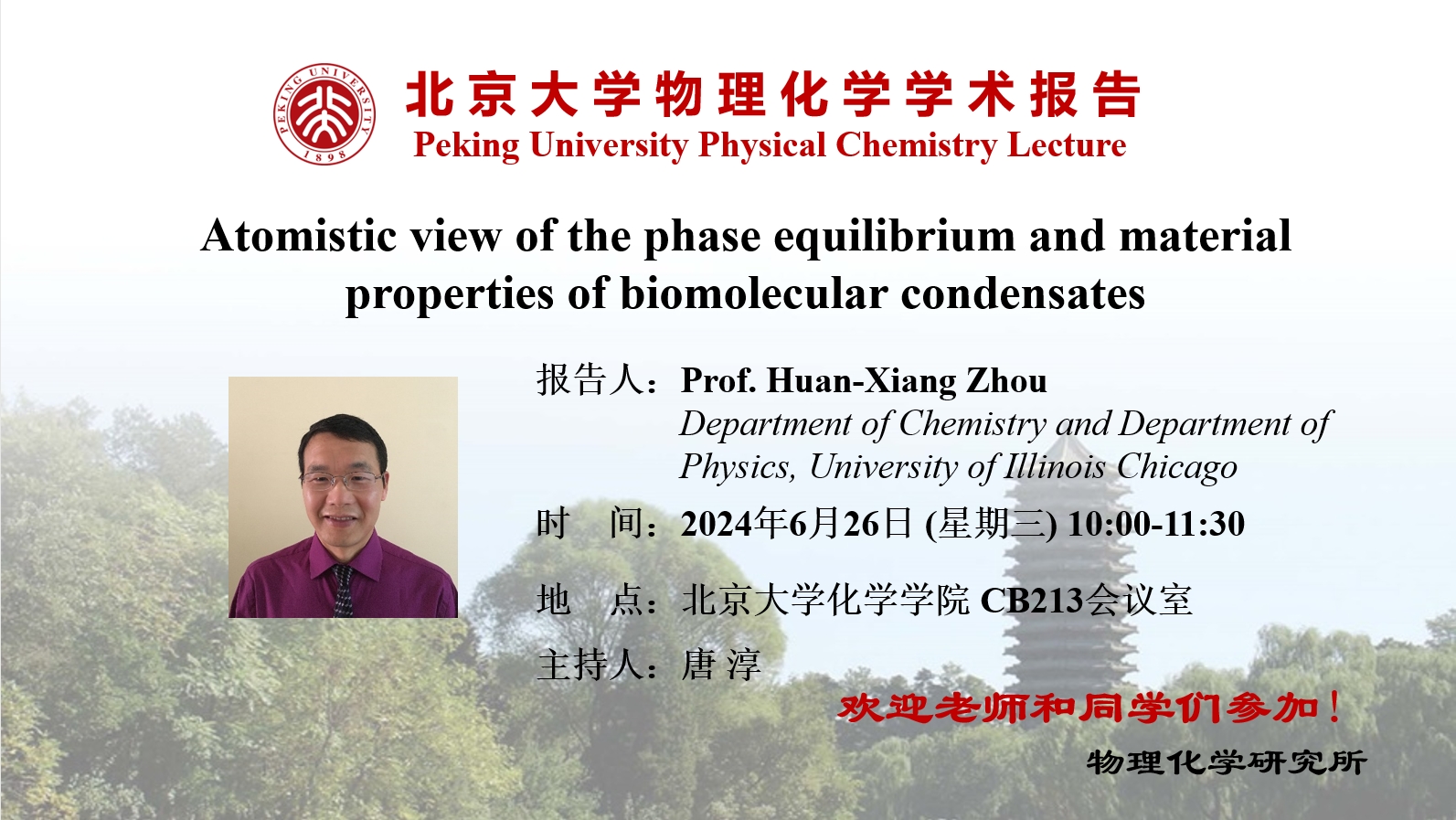
报告摘要
Biomolecular condensates, formed through liquid-liquid phase separation, mediate crucial cellular functions and are linked with neurodegeneration and cancer. To reach a fundamental understanding of their phase equilibrium and material properties, we have integrated experimental techniques including optical tweezers and fluorescence imaging with atomistic simulations and modeling to characterize biomolecular condensates. Our experiments reveal enormous differences among peptides with different amino-acid compositions in phase equilibrium and material properties, including a 400-fold range in the threshold concentration for phase separation and a 4000-fold range in viscosity. Our all-atom molecular dynamics simulations provide physical explanations of these results. Similarly, atomistic simulations show that ATP drives the phase separation of basic disordered proteins and endows the resulting condensates with unusual material properties including extreme shear thinning, by bridging between protein chains. In studies based on atomistic modeling, we have identified a single amino-acid substitution (S130W) in the eye lens proteins γ-crystallins responsible for a large increase in the critical temperature for phase separation and uncovered how pH regulates the phase separation of polySUMO and polySIM. The study of biomolecular condensates is entering an atomistic phase.
报告人简介
Huan-Xiang Zhou received his Ph.D. from Drexel University in 1988 and did postdoctoral work at the National Institutes of Health. After faculty appointments at Hong Kong University of Science and Technology, Drexel University, and Florida State University, he moved in 2017 to the University of Illinois Chicago, where he is Professor of Chemistry and Physics and holds an LAS Endowed Chair in the Natural Sciences. He was elected a fellow of the American Association for the Advancement of Science and a fellow of the American Physical Society. His group does theoretical, computational, and experimental research on molecular and cellular biophysics. Current interests include phase equilibrium and material properties of biomolecular condensates; membrane association and binding kinetics of intrinsically disordered proteins; functional mechanisms of glutamate-receptor ion channels; and structures and aggregation pathways of amyloid-beta and other amyloidogenic proteins.